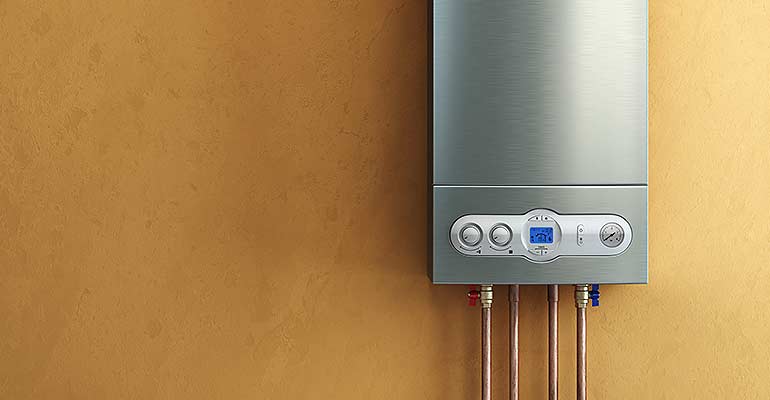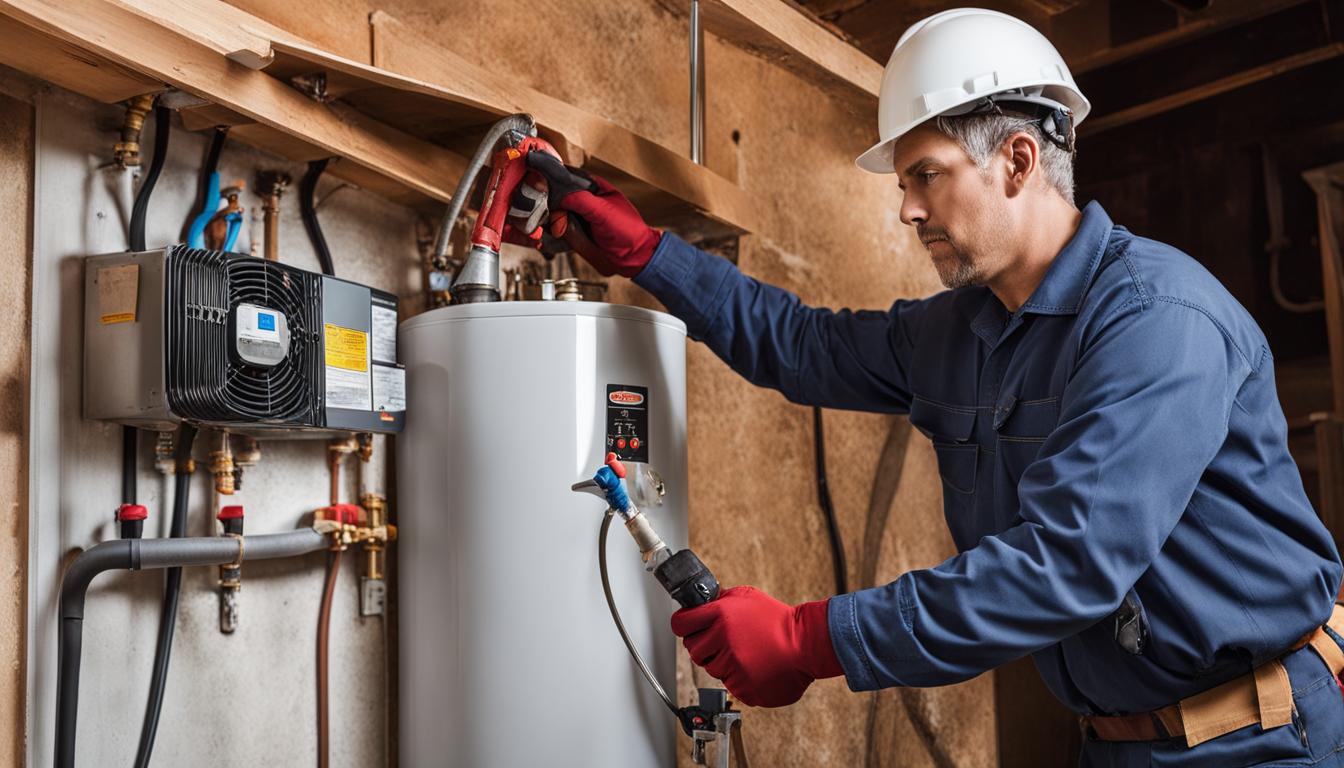What are your thoughts on What Kind of Maintenance Do Water Heaters Need??

Warm water is important for day-to-day comfort, whether it's for a refreshing shower or cleaning dishes. To guarantee your hot water system runs successfully and lasts longer, normal maintenance is crucial. This article gives useful pointers and insights on just how to maintain your home's warm water system to stay clear of disturbances and costly repair services.
Intro
Preserving your home's warm water system might seem overwhelming, yet with a few simple steps, you can guarantee it runs smoothly for many years to find. This guide covers whatever from recognizing your warm water system to do it yourself maintenance ideas and understanding when to call in expert aid.
Importance of Maintaining Your Warm Water System
Routine upkeep not only expands the life expectancy of your hot water system yet also ensures it operates effectively. Disregarding upkeep can lead to reduced effectiveness, greater power bills, and even premature failure of the system.
Indications Your Warm Water System Demands Upkeep
Knowing when your hot water system needs interest can stop significant concerns. Keep an eye out for signs such as irregular water temperature level, weird sounds from the heating system, or rusty water.
Understanding Your Hot Water System
Before diving into maintenance tasks, it's valuable to comprehend the standard parts of your warm water system. Normally, this consists of the hot water heater itself, pipelines, anode poles, and temperature level controls.
Regular Monthly Upkeep Tasks
Routine month-to-month checks can assist capture minor issues prior to they rise.
Purging the Water Heater
Flushing your water heater removes debris build-up, enhancing effectiveness and prolonging its life.
Checking and Changing Anode Rods
Anode poles protect against rust inside the storage tank. Inspecting and changing them when broken is important.
Checking and Changing Temperature Setups
Readjusting the temperature settings makes certain ideal efficiency and safety.
Do It Yourself Tips for Upkeep
You can carry out several upkeep tasks on your own to maintain your hot water system in top problem.
Checking for Leakages
On a regular basis examine pipes and links for leaks, as these can bring about water damages and greater bills.
Examining Stress Alleviation Valves
Checking the pressure safety valve guarantees it works correctly and prevents extreme stress accumulation.
Shielding Pipelines
Insulating warm water pipes lowers warmth loss and can save energy.
When to Call a Professional
While DIY maintenance is advantageous, some concerns need specialist know-how.
Complicated Concerns Needing Specialist Assistance
Instances consist of significant leaks, electric problems, or if your hot water heater is consistently underperforming.
Regular Professional Upkeep Benefits
Expert upkeep can include detailed evaluations, tune-ups, and making certain compliance with safety and security requirements.
Verdict
Regular maintenance of your home's warm water system is crucial for effectiveness, long life, and cost savings. By adhering to these tips and understanding when to look for specialist help, you can guarantee a reliable supply of hot water without unforeseen disturbances.
How to Maintain an Instant Hot Water Heater
Before tinkering with your hot water heater, make sure that it’s not powered on. You also have to turn off the main circuit breaker and shut off the main gas line to prevent accidents. Also turn off the water valves connected to your unit to prevent water from flowing into and out of the appliance. 2. When you’re done, you have to detach the purge valves’ caps. These look like the letter “T” and are situated on either side of the water valves. Doing so will release any pressure that has accumulated inside the valves while at the same time avoid hot water from shooting out and burning your skin. 3. When the purge valves’ caps are removed, you have to connect your hosing lines to the valves. Your unit should have come with three hoses but if it didn’t, you can purchase these things from any hardware or home repair shops. You can also get them from retail stores that sell water heating systems. Read the user’s manual and follow it to complete this task properly. When the hosing lines are connected, open the purge port’s valves. 4. You should never use harsh chemical cleaners or solutions when cleaning your unit. Make use of white vinegar instead. It should be undiluted and you’ll probably use about 2 gallons. 5. Now flush your water heater. This task should probably take about 40 minutes. We can’t give you specific directions for this because the procedure is carried out depending on the type, model and brand of your heater. With that being said, refer to the user’s manual. 6. When you’re done draining the unit, you have to turn off the purge port valves again. Remove the hosing lines that you earlier installed on each of the water valves. Put the valve caps (purge port) back in their respective places and be very careful so as not to damage the rubber discs that are found inside these caps. 7. Now that everything’s back in place, check your user’s manual again to find out how to reactivate your water heating system. 8. Once it is working, turn one of your hot water faucets on just to let air pass through the heater’s water supply pipes. Leave the tap on until water flows smoothly out of it. https://www.orrplumbing.com/blog/2014/september/how-to-maintain-an-instant-hot-water-heater/

As a fervent reader on Tips For Maintaining Your Hot Water Heater, I assumed sharing that blog post was worth the trouble. In case you liked our blog post if you please be sure to pass it around. We truly appreciate reading our article about Tips on Maintaining a Water Heater.
Here